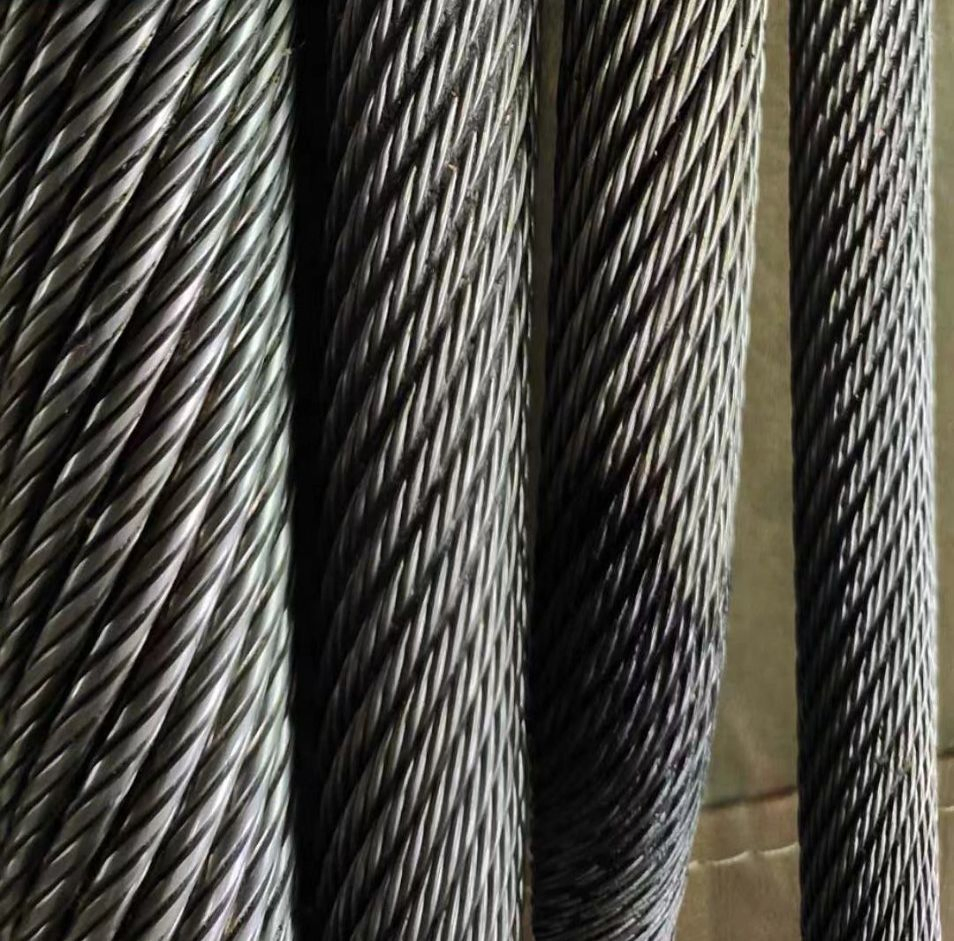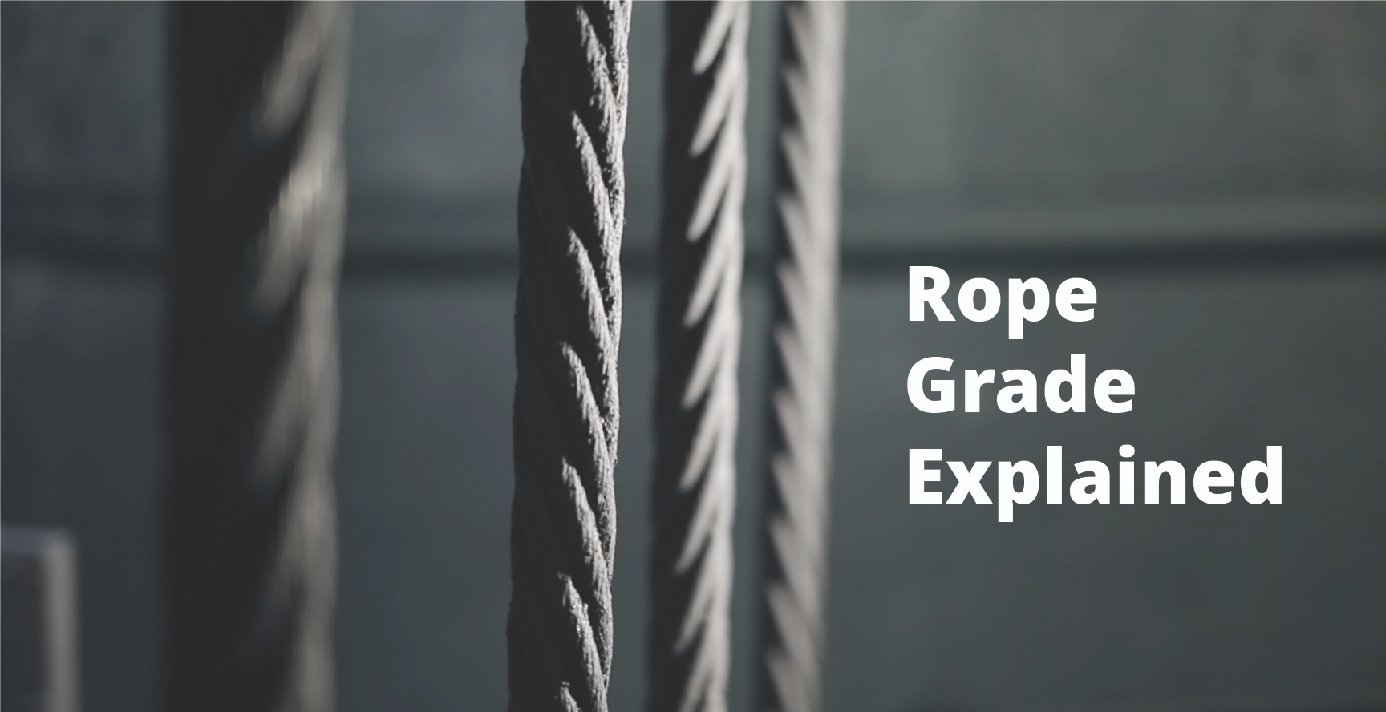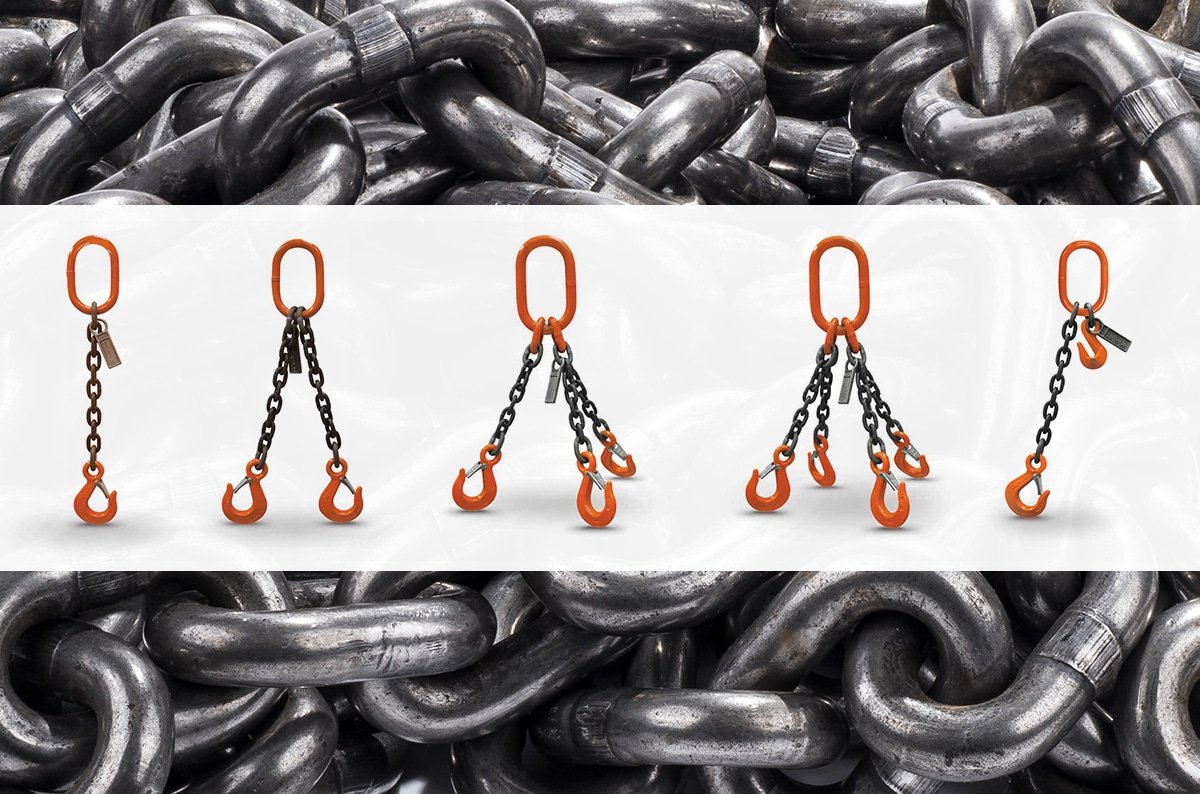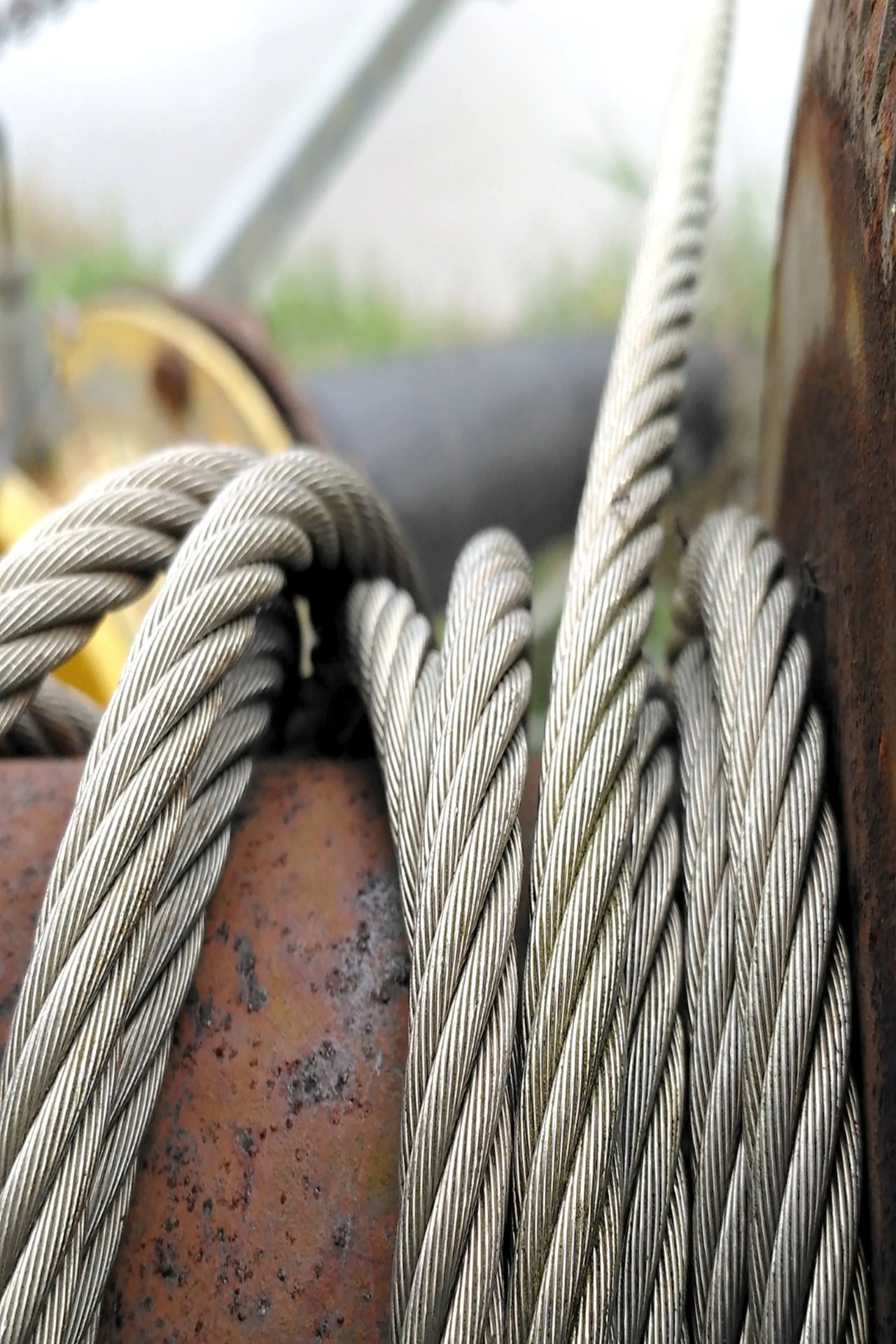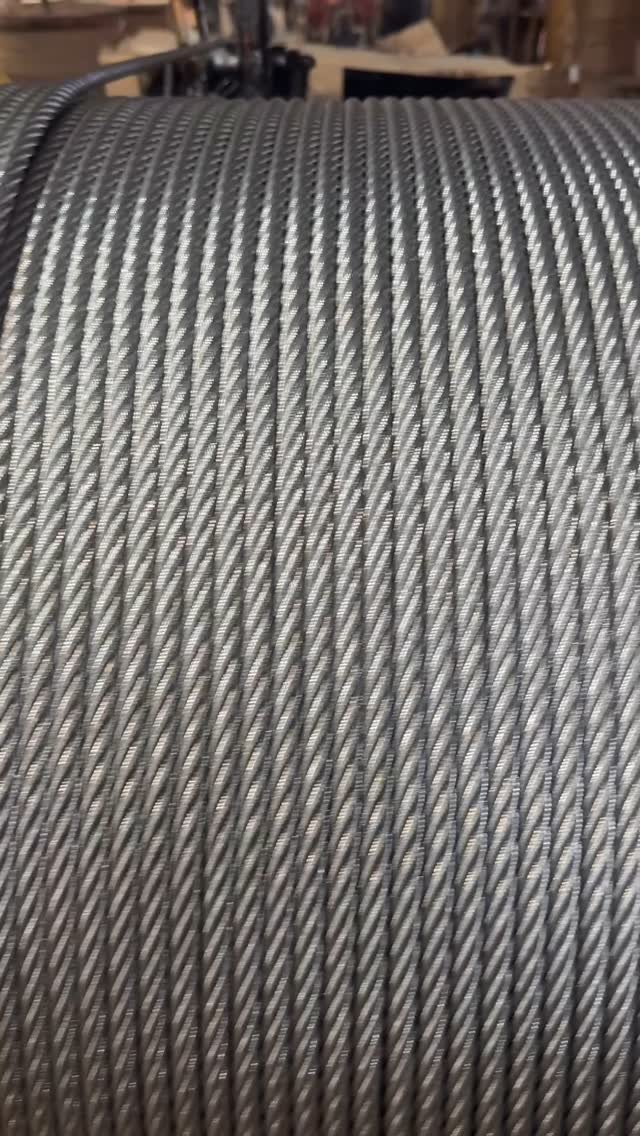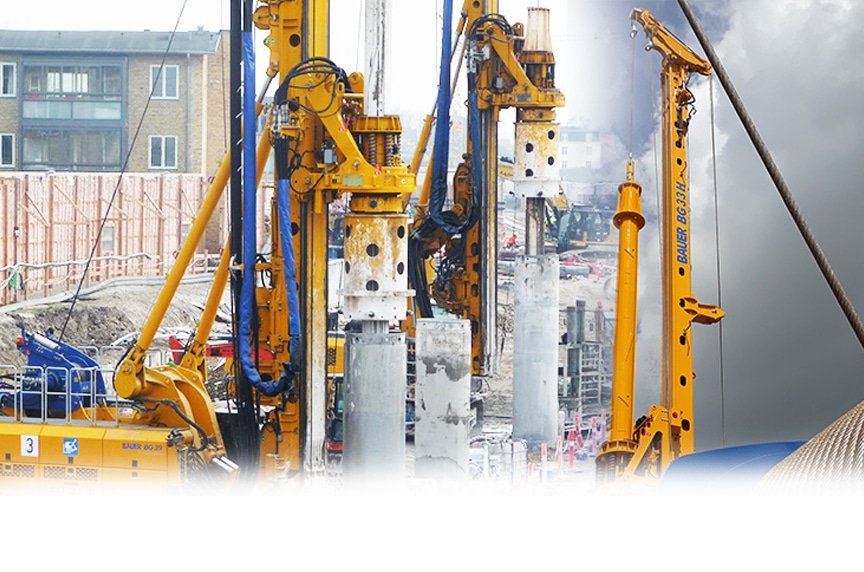Increasing the lifespan of a crane wire rope requires a combination of proper selection, regular maintenance, correct usage, and timely inspections. Here are some key practices to follow:
1. Proper Selection
- Choosing the Right Wire Rope:
- Construction: Select the appropriate wire rope construction for your specific application. For example, 35WXK7 non-rotating wire ropes are ideal for hoisting because they resist rotation under load, ensuring load stability.
- Core Type: For luffing ropes, use 6XK36WS-IWRC or 8XK26WS-IWRC. If additional protection is needed, 8XK26WS-EPIWRC (plastic-coated) ropes offer enhanced durability and corrosion resistance.
- Environment Considerations: In corrosive environments, opt for galvanized ropes to protect against rust and corrosion.
- Quality Assurance:
- Certified Products: Use high-quality, certified wire ropes that meet international standards (e.g., ISO, API). This ensures they have passed rigorous testing for strength and safety.
- Reputable Suppliers: Purchase from well-known manufacturers with strict quality control processes to ensure the reliability and longevity of the ropes.
2. Regular Inspection
- Visual Inspection:
- Routine Checks: Inspect the wire rope before each use for signs of wear, such as broken wires, kinks, flattening, birdcaging, or corrosion. Early detection of issues can prevent major failures.
- Detailed Records: Keep detailed inspection records to monitor the rope’s condition over time. Note any changes or damages, which helps in planning timely maintenance or replacement.
- Non-Destructive Testing (NDT):
- Magnetic Rope Testing (MRT): This method helps detect internal wire breaks and other hidden defects that are not visible during a visual inspection.
- Ultrasonic Testing: This method can be used to inspect specific areas of the rope where internal damage is suspected, providing a thorough assessment.
- Lubrication Check:
- Regular Lubrication: Ensure the wire rope is adequately lubricated to reduce internal friction between the wires and strands, which helps prevent wear and extends the rope’s lifespan.
- Correct Lubricant: Use the lubricant recommended by the rope manufacturer, and ensure it is applied regularly, especially in harsh environments or under heavy use.
3. Proper Maintenance
- Lubrication:
- Application Techniques: Apply lubricant using methods like spraying, dripping, or pressure application to ensure it penetrates deep into the rope, reaching the core.
- Lubrication Frequency: Depending on the usage and environment, lubricate the wire rope regularly to keep it in optimal condition. More frequent lubrication is needed in high-friction or corrosive environments.
- Cleaning:
- Contaminant Removal: Regularly clean the wire rope to remove dirt, salt, and other contaminants that could lead to corrosion or abrasion, which can weaken the rope over time.
- Safe Cleaning Methods: Use compressed air, brushes, or approved solvents to clean the rope without damaging it. Ensure that cleaning does not strip away the protective lubrication.
- Alignment and Sheave Maintenance:
- Ensure Proper Alignment: The wire rope should be correctly aligned with the sheaves to avoid uneven wear. Misalignment can cause damage to both the rope and the sheaves, leading to premature failure.
- Sheave Inspection: Regularly inspect the sheaves for wear, correct groove size, and proper alignment. Replace or repair them as needed to prevent damage to the wire rope.
4. Correct Usage
- Avoid Overloading:
- Adhere to Load Limits: Never exceed the crane’s rated load capacity, as this can place undue stress on the wire rope and lead to premature failure. Always lift within the rope’s rated capacity.
- Monitor Loads: Use load cells or similar devices to ensure that the load does not exceed the rope’s capacity, thereby preventing overloading.
- Minimize Shock Loads:
- Smooth Operations: Operate the crane smoothly, avoiding sudden starts, stops, or jerky movements that can create shock loads. Smooth operation reduces the stress on the rope.
- Proper Rigging: Ensure proper rigging techniques are used to minimize dynamic loading effects. Correct rigging prevents the rope from being subjected to unnecessary stresses.
- Proper Spooling:
- Correct Spooling: Ensure the wire rope spools evenly on the drum, avoiding cross-lay, kinks, or crushing, which can severely damage the rope.
- Re-spool as Needed: If the rope is improperly spooled, re-spool it correctly before the next operation to maintain its integrity and prevent damage.
5. Environmental Protection
- Corrosion Protection:
- Use of Galvanized Ropes: In corrosive environments, such as marine or chemical settings, use galvanized ropes for added protection. Galvanization provides a protective layer against rust and corrosion.
- Apply Protective Coatings: Consider additional protective coatings, such as plastic or zinc, especially for ropes like 8XK26WS-EPIWRC, which are used in harsh environments.
- Temperature Management:
- Operating Within Limits: Ensure the wire rope is used within its rated temperature range. Extreme temperatures can affect the rope’s strength and flexibility, leading to premature failure.
- Specialized Ropes for Extreme Conditions: Use ropes designed for high or low temperatures if operating in extreme environments. These specialized ropes are engineered to perform better under challenging conditions.
6. Replacement Guidelines
- Follow Manufacturer’s Guidelines:
- Replacement Criteria: Replace the wire rope when it shows significant wear, such as reaching discard criteria for broken wires, diameter reduction, or deformation. Following manufacturer guidelines ensures safety and performance.
- Adherence to Guidelines: Even if the rope appears intact, follow the manufacturer’s replacement schedule to ensure safety and avoid unexpected failures.
- Timely Replacement:
- Proactive Replacement: Don’t wait for the rope to fail. Replace it when it shows signs of critical damage or when it has reached its recommended service life, ensuring continuous safe operation.
- Safety First: The cost of replacing a rope is minimal compared to the potential risks and costs associated with a failure, such as accidents, equipment damage, or downtime.
By following these detailed practices, you can significantly extend the life of your crane wire ropes, ensuring safe, efficient operations while minimizing downtime and replacement costs.
Ask For A Quick Quote
Fill out a quick form to get a personalized quote tailored to your specific needs.

